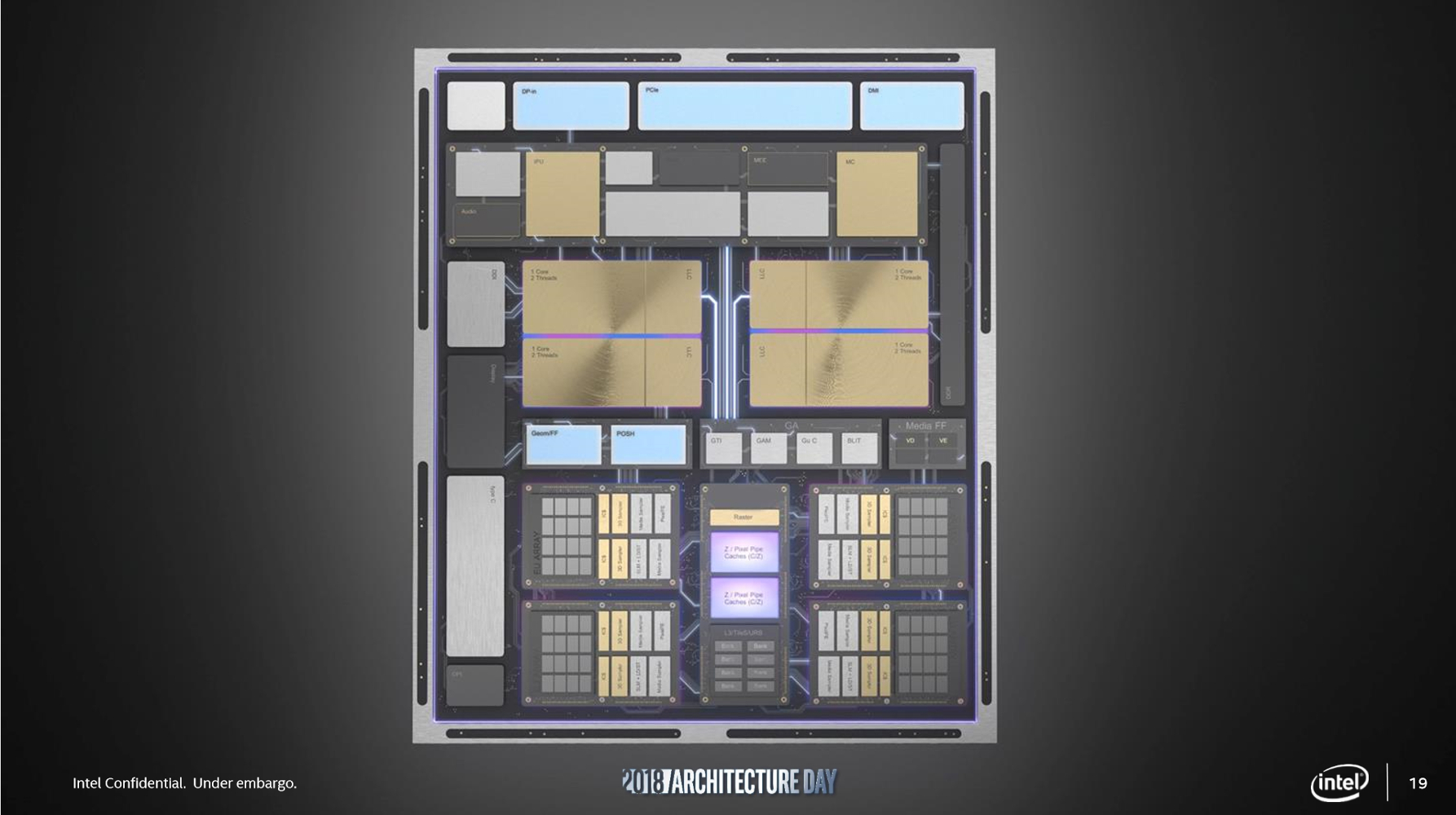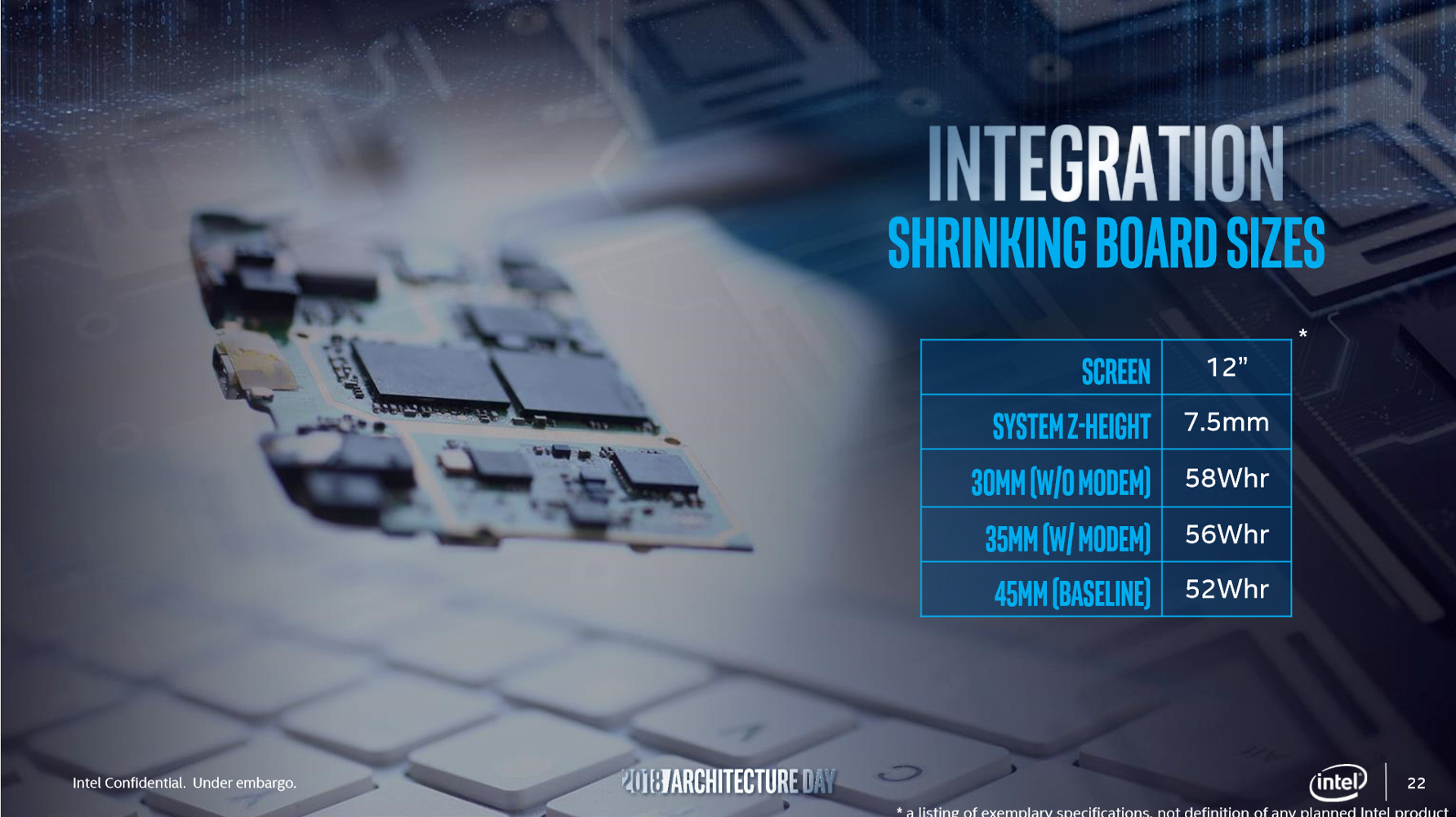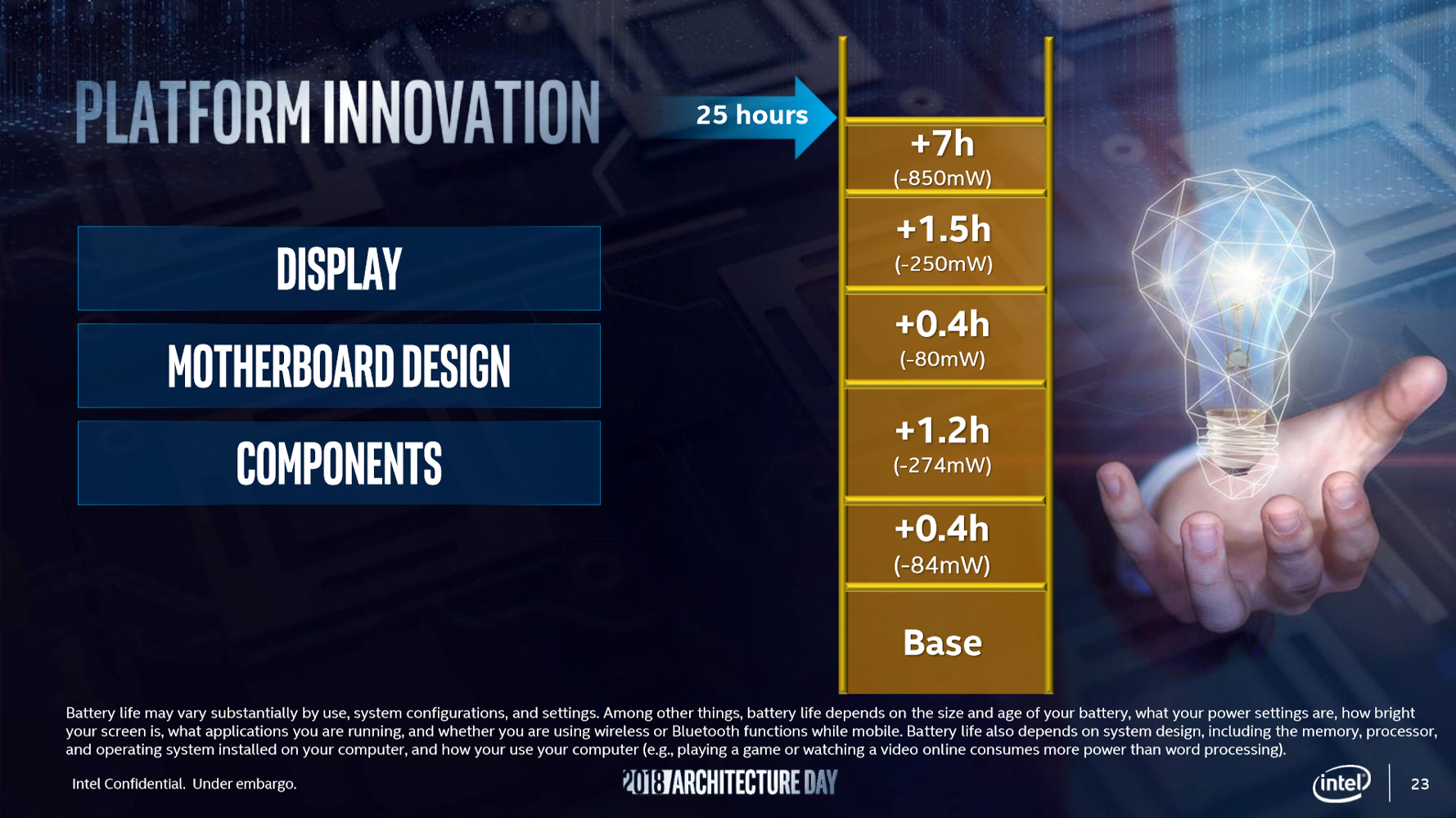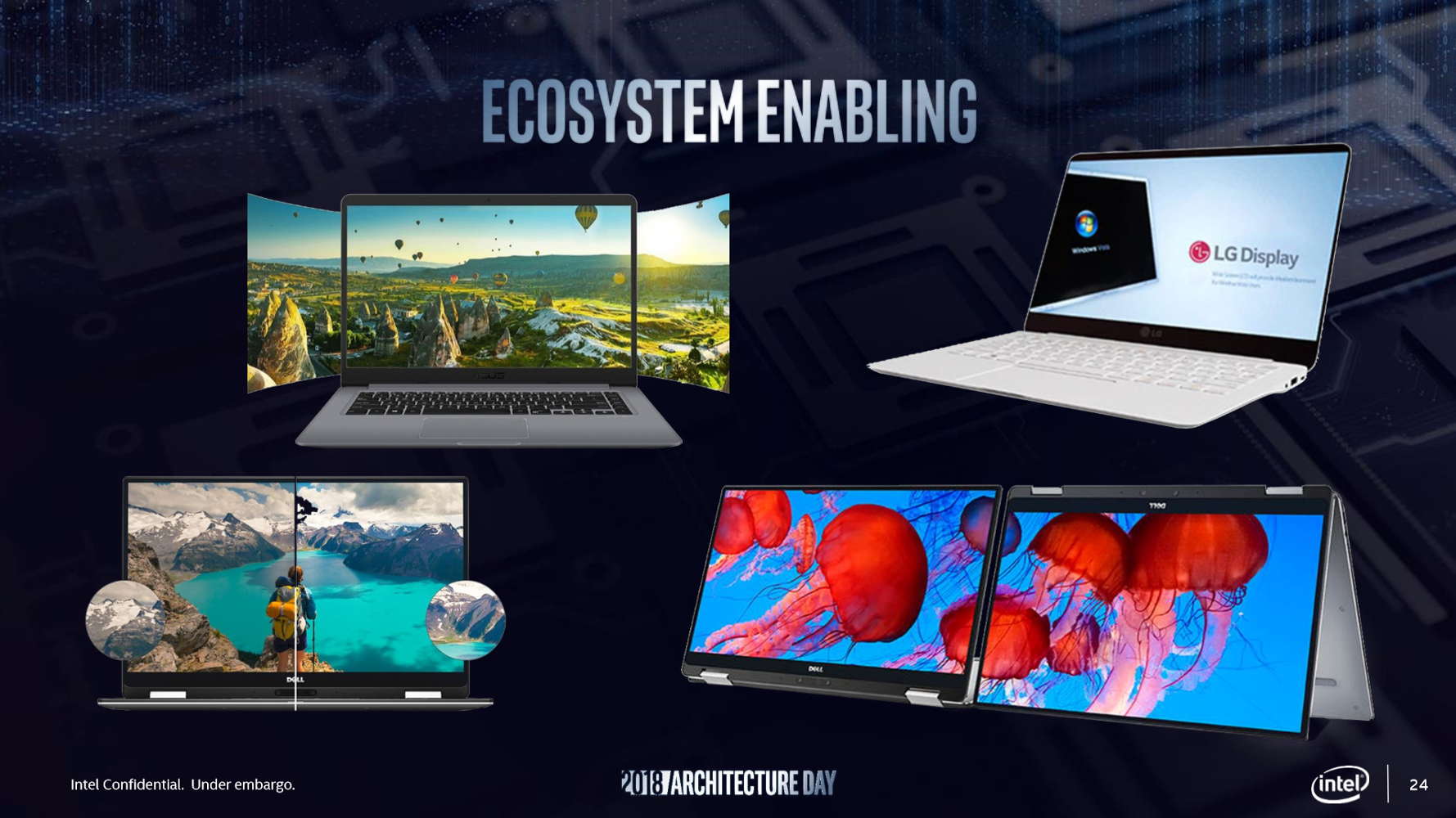We finally know when Intel will ship a processor based on a cutting-edge 10-nanometer production process. It’ll arrive for the 2019 holiday season, and the architecture will be called Ice Lake.
More CES 2019 coverage
- Our CES 2019 Hub: The latest news, hands-on reviews, and more
- Everything Nvidia announced at CES: mobile RTX, the RTX 2060, and more
- HP Omen 15 (2019) gaming laptop: Our hands-on review
- Huawei MateBook 13 hands-on review: A MacBook Air for Windows fans
- Samsung’s new Notebook Odyssey packs next-gen RTX graphics in a thin frame
The specific details about Ice Lake, such as the exact processor names and capabilities, weren’t announced at CES 2019. That information will come later in the year. What we do know, though, is that Ice Lake will be based on the 10-nanometer Sunny Cove architecture that Intel detailed in December of 2018. Sunny Cove leaps to the long-awaited 10-nanometer node, which should translate to a smaller and more efficient processor.
“The cool thing about Ice Lake is that it’s not just a CPU,” Becky Loop, Intel Fellow and Chief Client CPU Architect, told Digital Trends. “We are delivering innovation at a platform level.”
That sounds complex, and it is, but what it means for your next laptop is straightforward. Ice Lake processors hope to deliver a major boost in battery life alongside noticeable performance enhancements. Intel devices based on Sunny Cove architecture can play video for up to 25 hours on a charge and will last up to one month in standby mode.
Ms. Loop told Digital Trends that battery life projections are “based on concept vehicles,” and that Intel expects “different use cases may bring that 25 hours down.” Still, the company is optimistic that users will notice a big improvement. That’s not only thanks to the architecture itself, but a wide range of software tweaks.
It’s already time to plan for the 2019 holidays
While Intel made the Ice Lake announcement during its CES 2019 press conference, devices at the show will have to wait awhile to see them on store shelves. “Consumers can expect to see Ice Lake systems on shelves by holiday 2019,” said Ms. Loop. “We’re really focusing on the mobile line, for the next era of mobile compute.”
Ice Lake will launch first in
Desktop processors, as well as high-end laptop hardware, will come sometime after this initial launch. This approach is consistent with other recent Intel launches, such as Kaby Lake, which launched in the third quarter of 2016 with a limited line of U-Series and Y-Series mobile chips. Desktops arrived in January of 2017.
Gaming sees a boost, Thunderbolt 3 gets integrated
We don’t know many specifics about what these new processors offer, such as core count or clock speeds, but we do know they’ll all include the new Intel Gen11 graphics architecture. “It’s one particular component that’s shipping on all of them,” Ms. Loop said, meaning all Ice Lake processors will benefit from the new hardware.
Intel detailed its Gen11 graphics hardware at its December event. It’ll offer a major improvement in performance, promising a teraflop of compute power support for critical gaming features like adaptive sync and
Ice Lake will also integrate Thunderbolt 3 and Wi-Fi 6, which is based on the 802.11ax wireless standard. Including
Last, but certainly not least, Ice Lake includes new optimization for Vector Neural Network Instructions, or VNNI. That means the processor will be able to run such instructions much more quickly than before, providing a big boost to certain applications. Users could see performance boosts in a variety of applications, such as AI-powered image search. Intel’s demo compared two versions of the Microsoft Photos app side-by-side, one with VNNI optimization enabled, and the other without. The VNNI-enabled demo appeared twice as quick as the version with it disabled.
The start of the next generation
Ice Lake is a big deal for Intel. The company has repeatedly delayed the introduction of processors based on a 10-nanometer production process. Now the company finally has a plan to roll them out in consumer devices and is making statements about what you can expect when you put one in your hands. 2019’s holiday season should be a very good time to buy a new laptop or 2-in-1.





